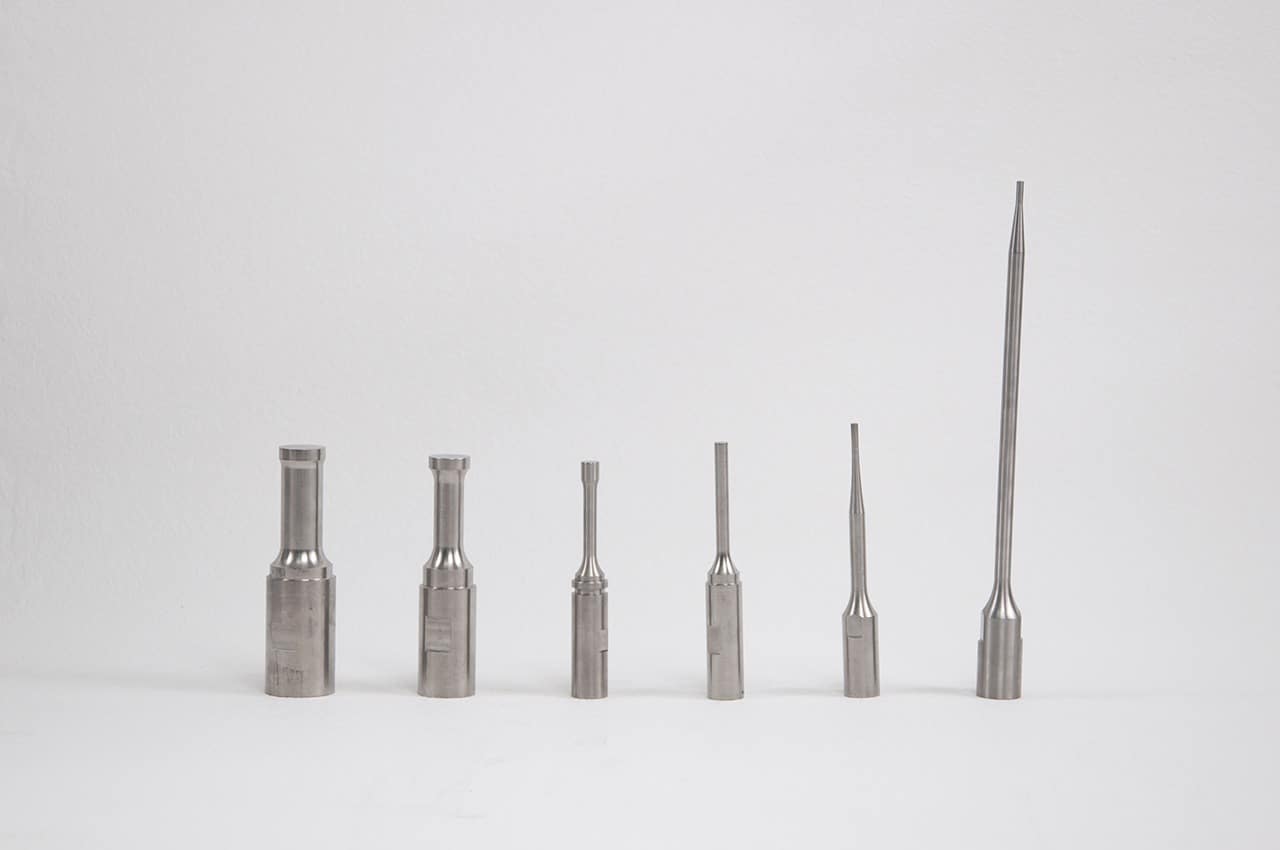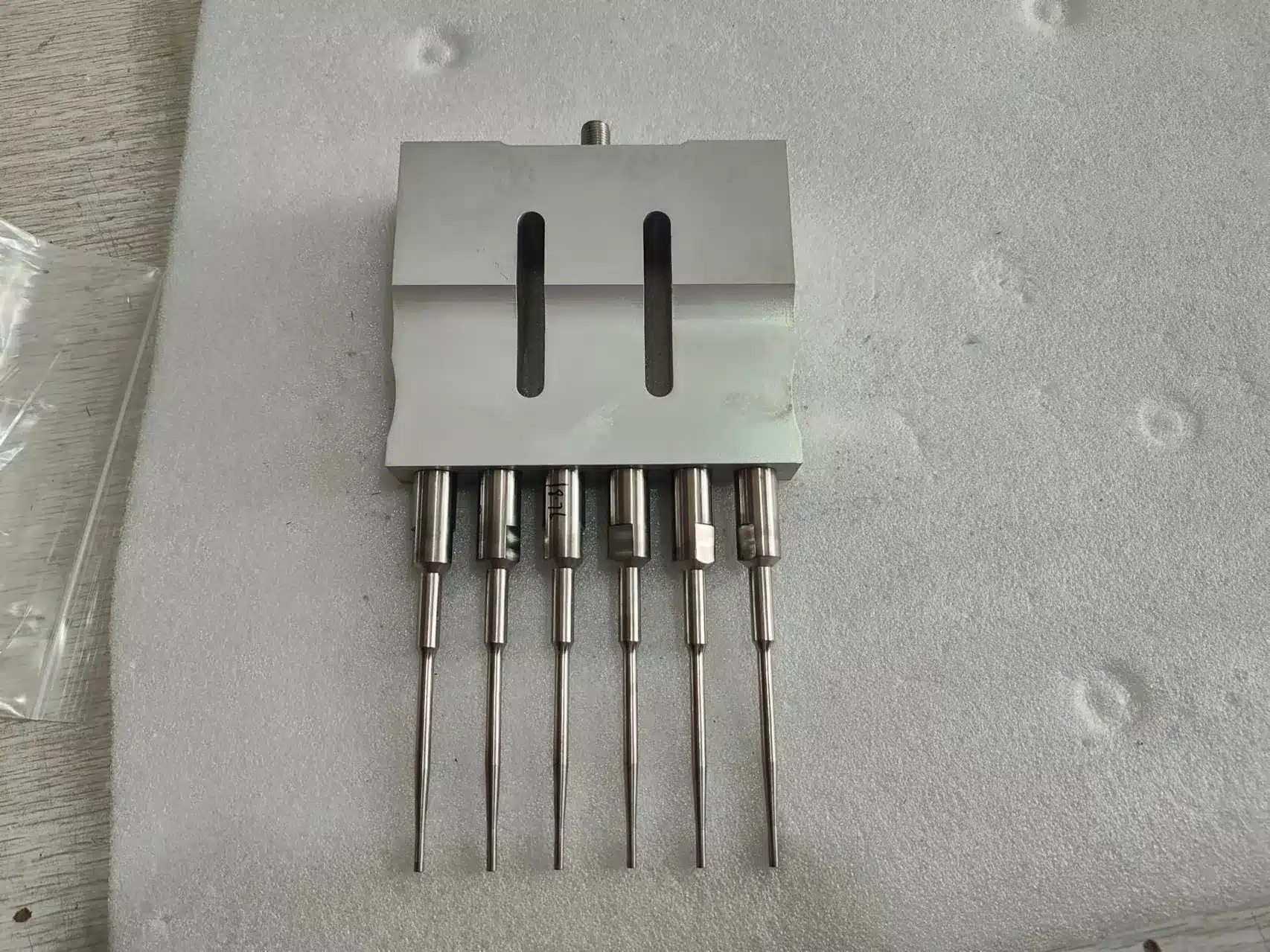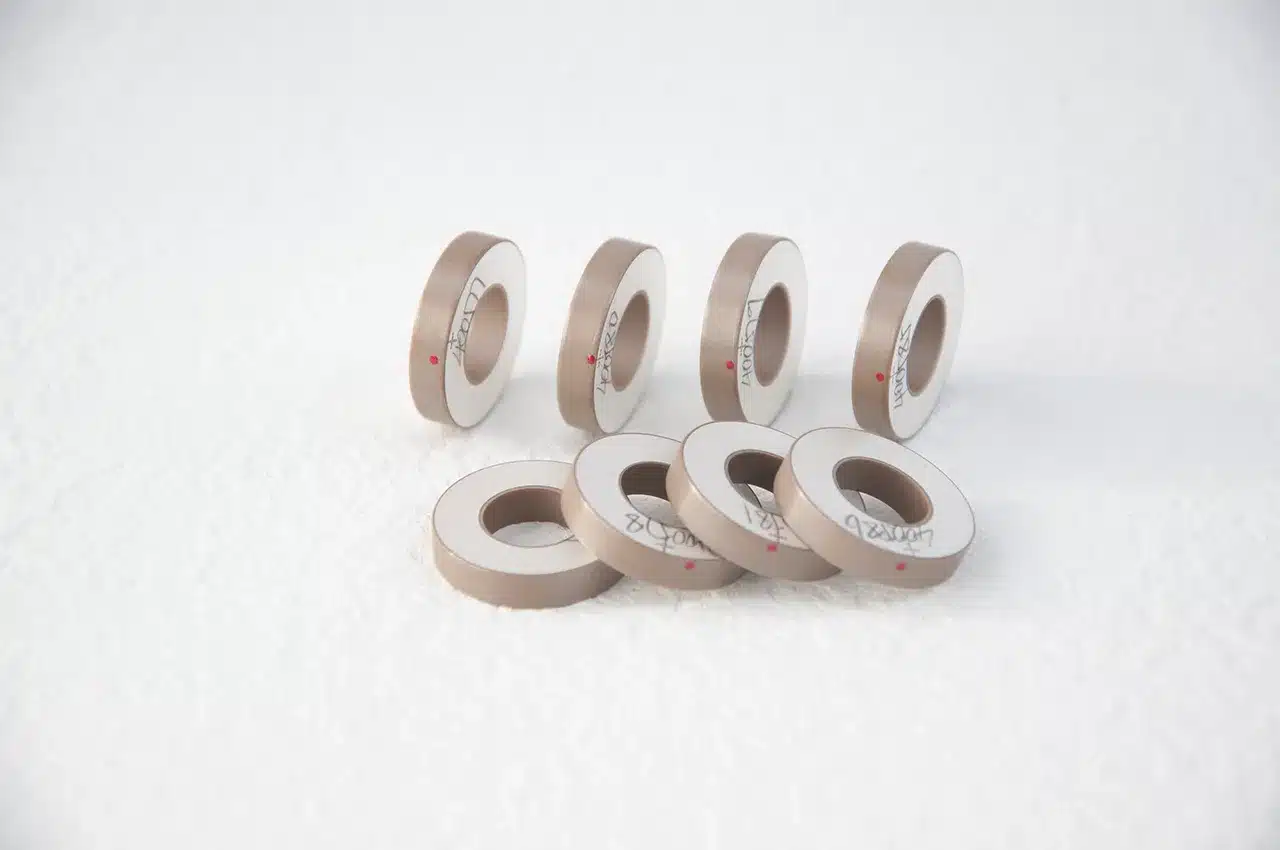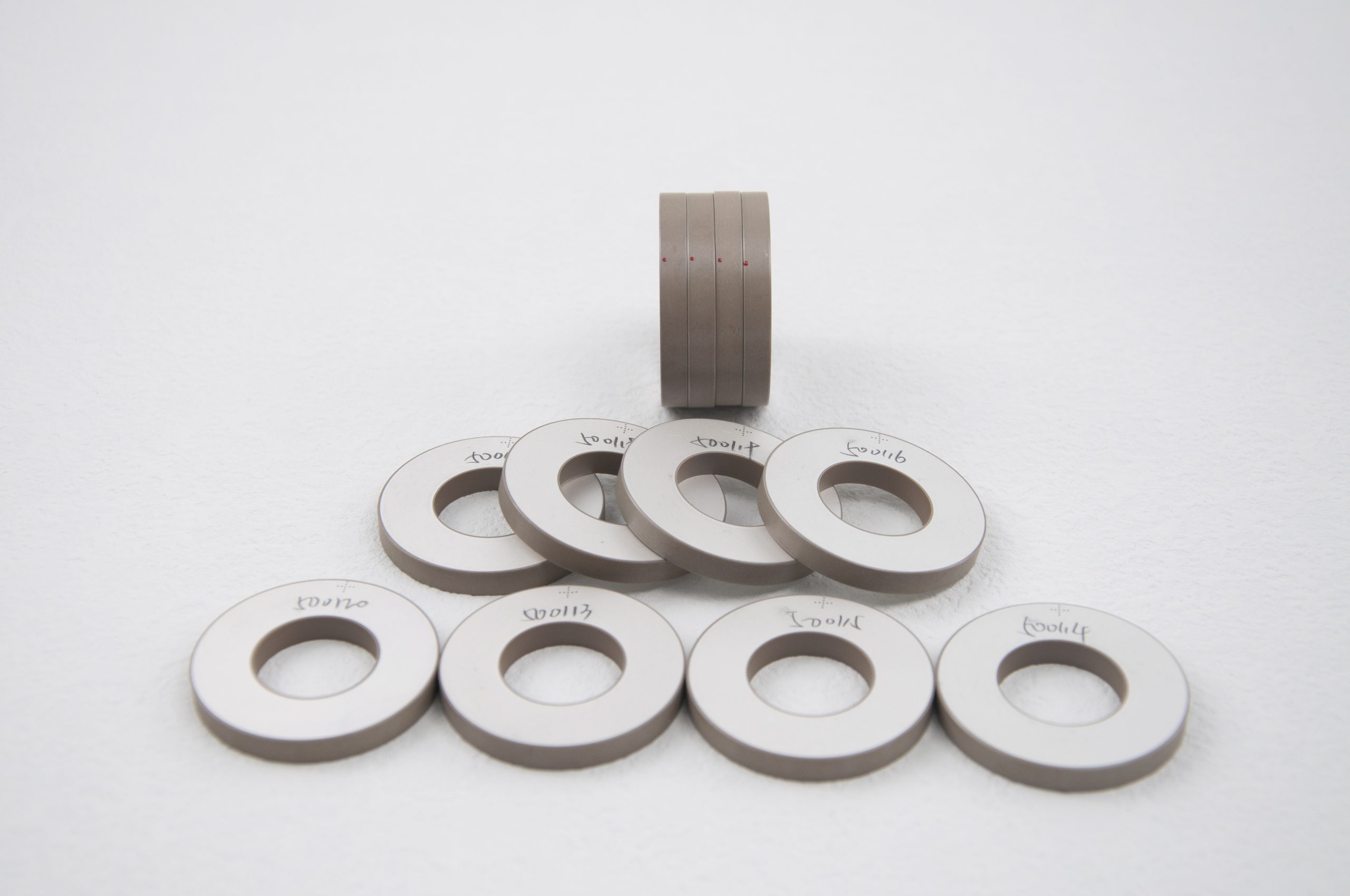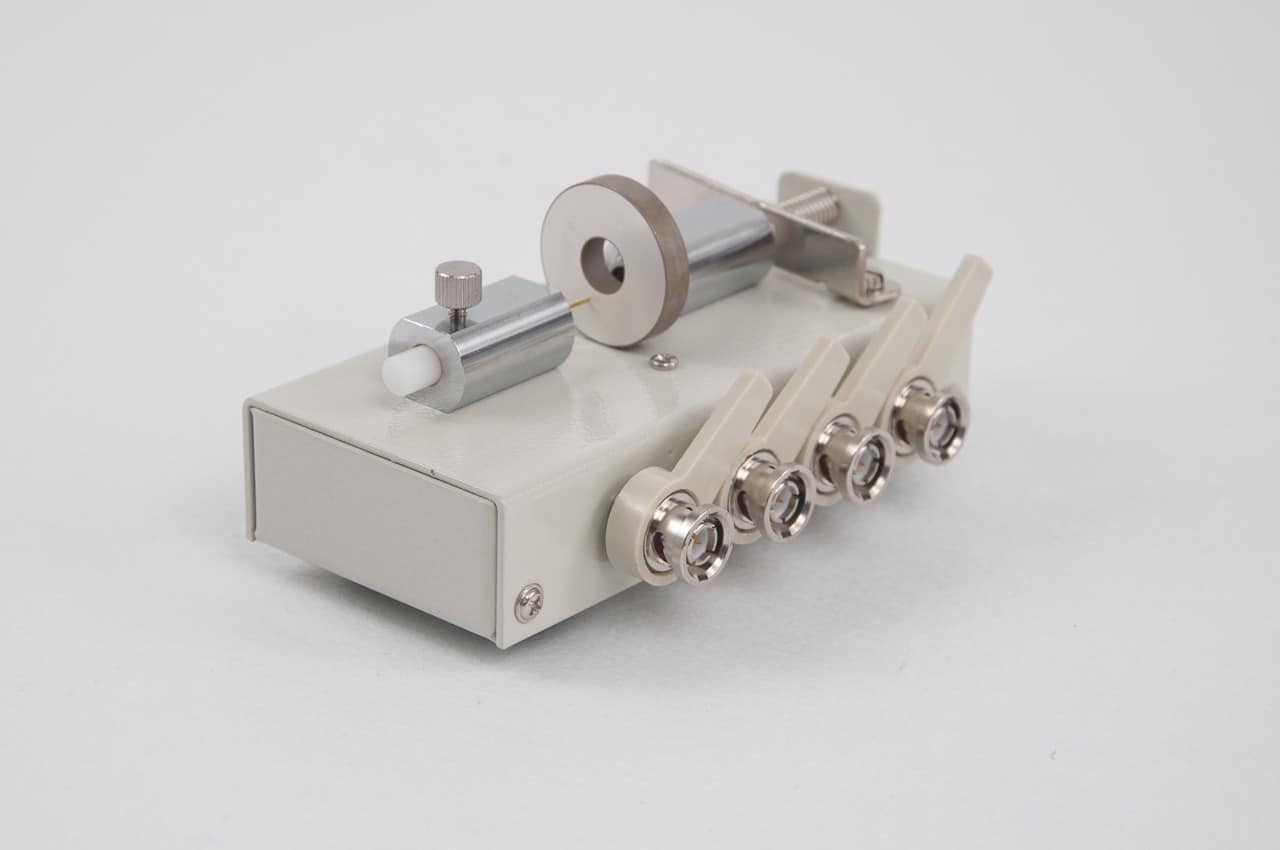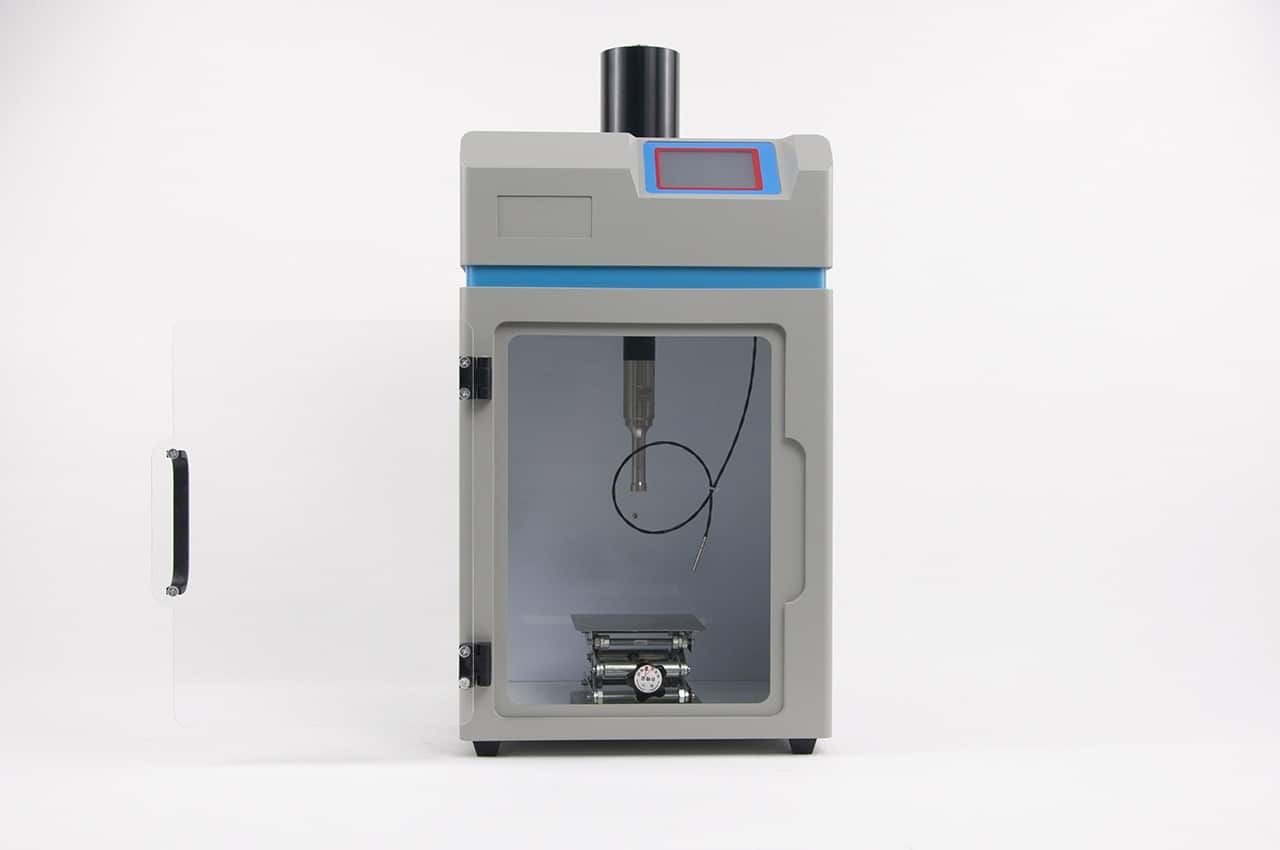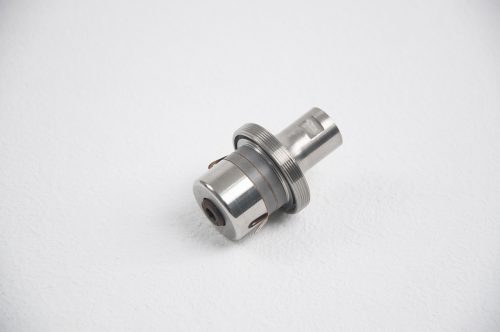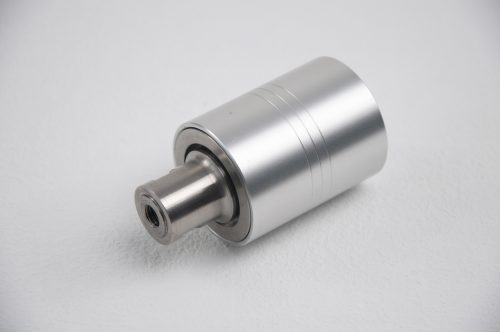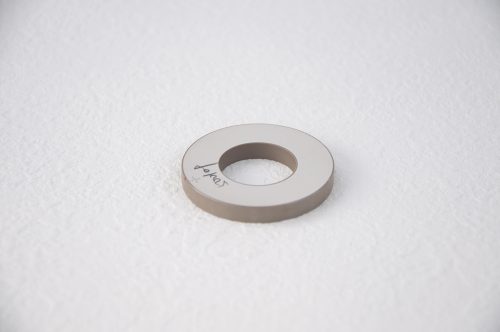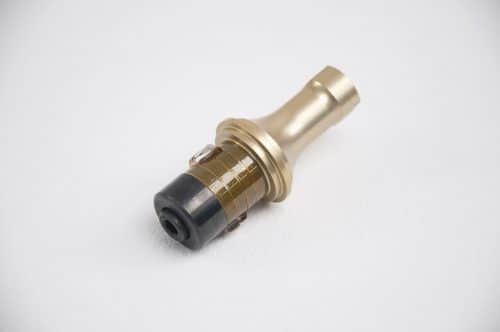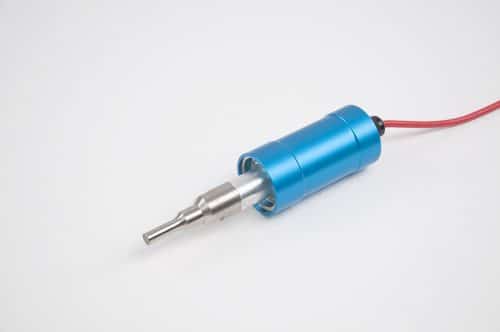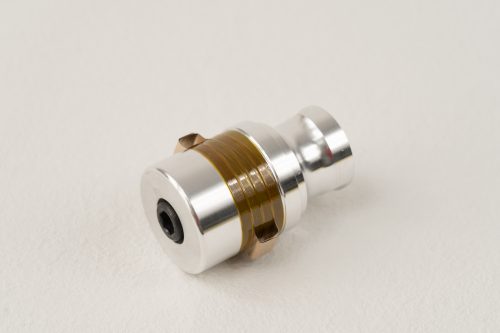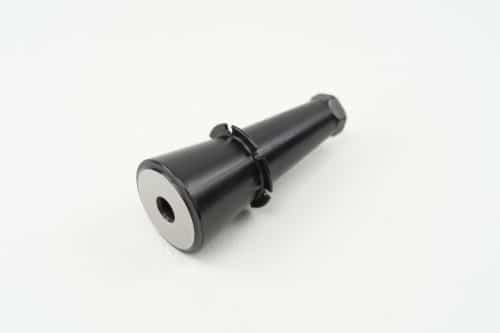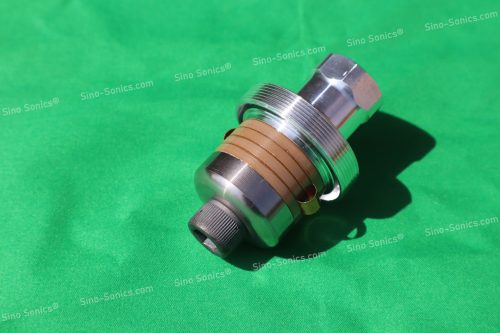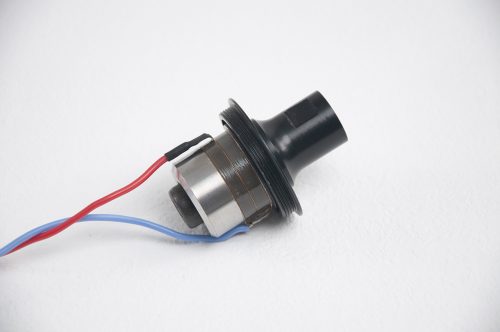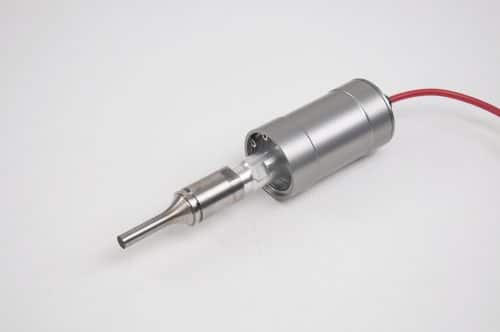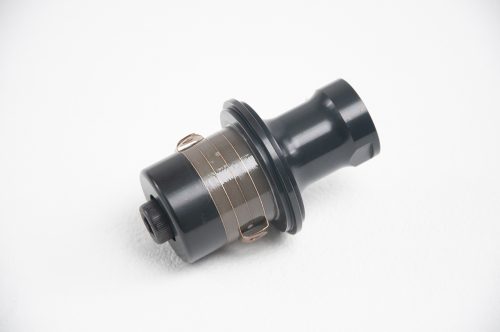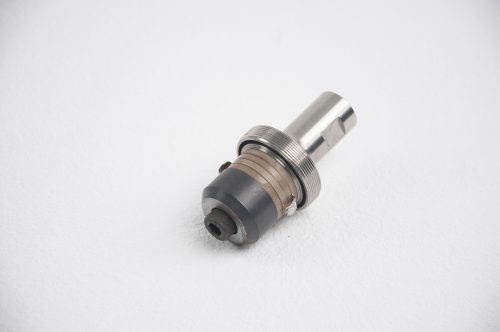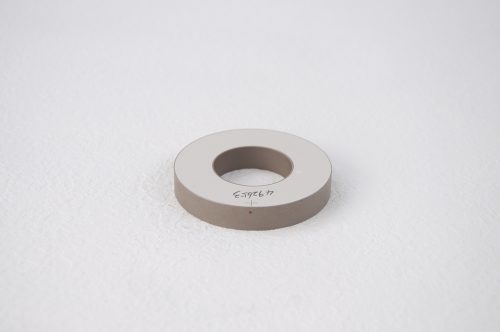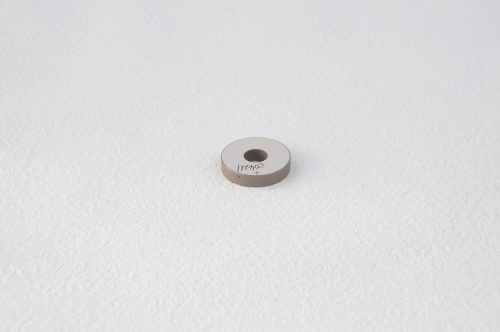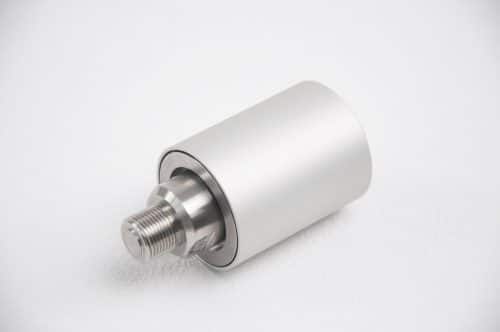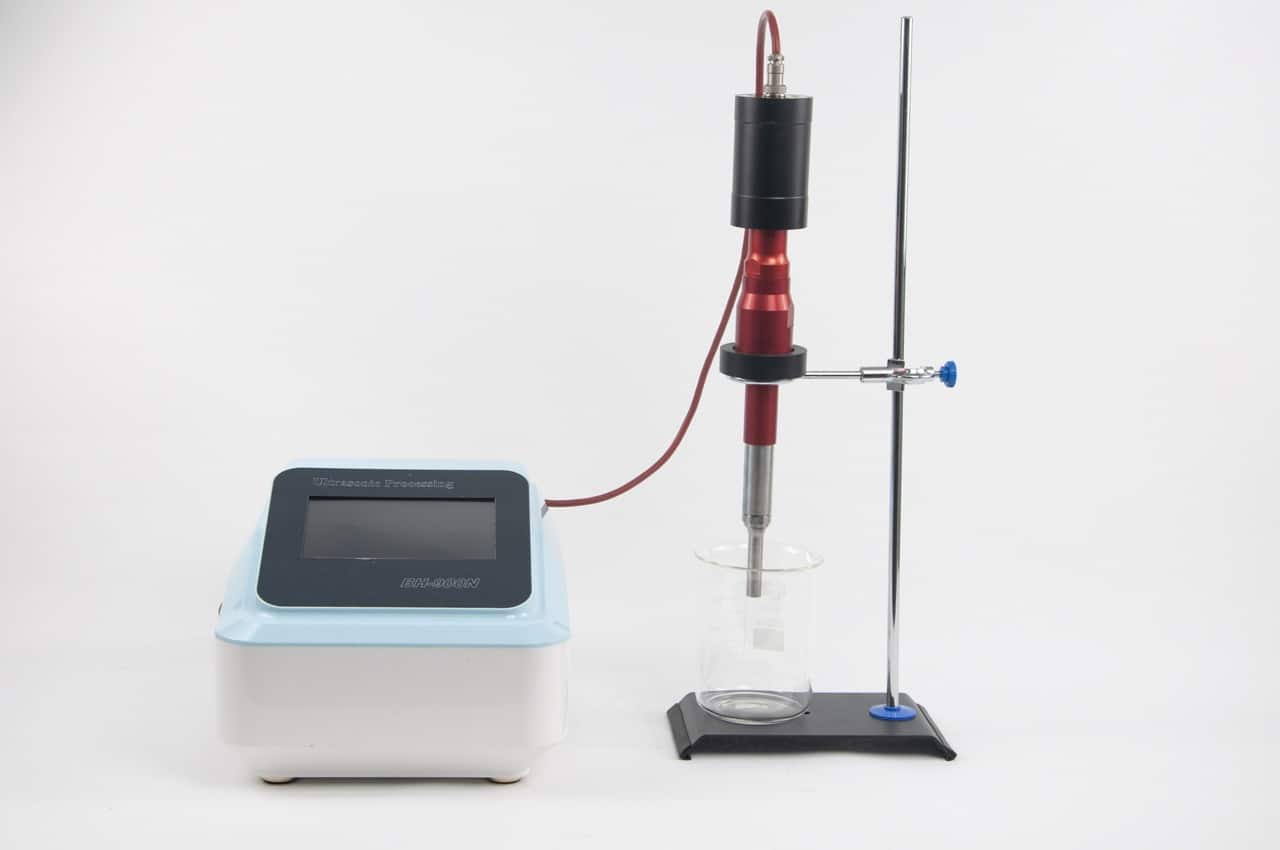
How does the ultrasonic homogenizer work?
How does the ultrasonic homogenizer work?
How does a ultrasonic homogenizer work? The ultrasonic electronic generator transforms AC line power to a 20KHz (Standard, other frequency optional) signal that drives a piezoelectric convertor/transducer. This electrical signal is converted by the transducer to a mechanical vibration due to the characteristics of the internal piezoelectric crystals.
The vibration is amplified and transmitted down the length of the horn/probe where the tip longitudinally expands and contracts. The distance the tip travels is dependent on the amplitude selected by the user through the amplitude control knob. In liquid, the rapid vibration of the tip causes cavitation, the formation and violent collapse of microscopic bubbles. The collapse of thousands of cavitation bubbles, releases tremendous energy in the cavitation field. Objects and surfaces within the cavitation field are “processed”.
The probe tip diameter dictates the amount of sample that can be effectively processed. Smaller tip diameters (Microtip probes) deliver high intensity sonication but the energy is focused within a small, concentrated area. Larger tip diameters can process larger volumes.
The choices of a generator and horns/probes are matched to the volume, viscosity and other parameters of the particular application. Please consult with a Sonicator product specialist for help with selecting the proper model and accessory for your application.

